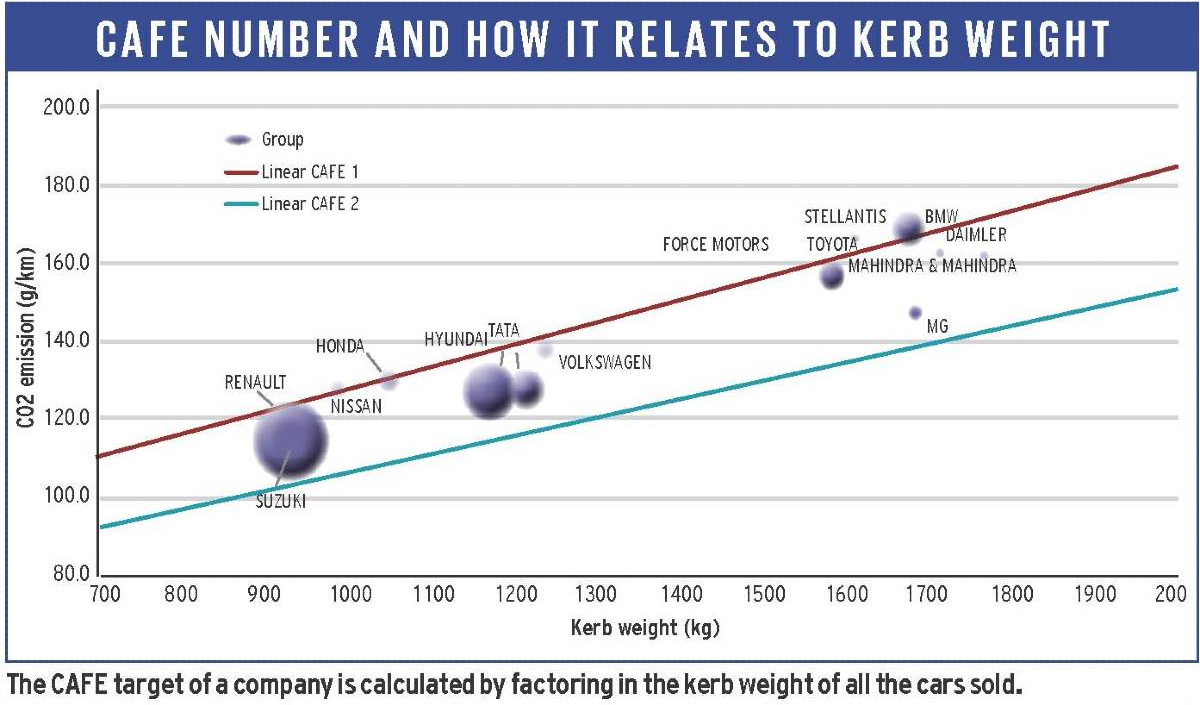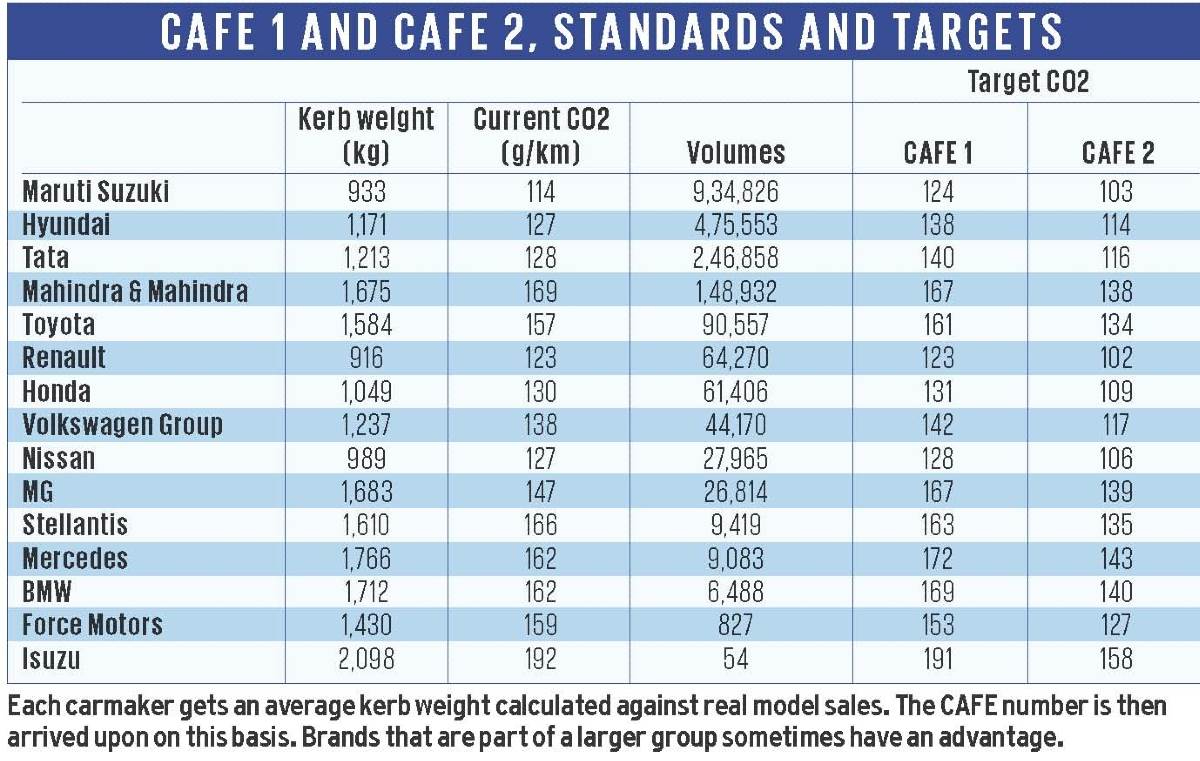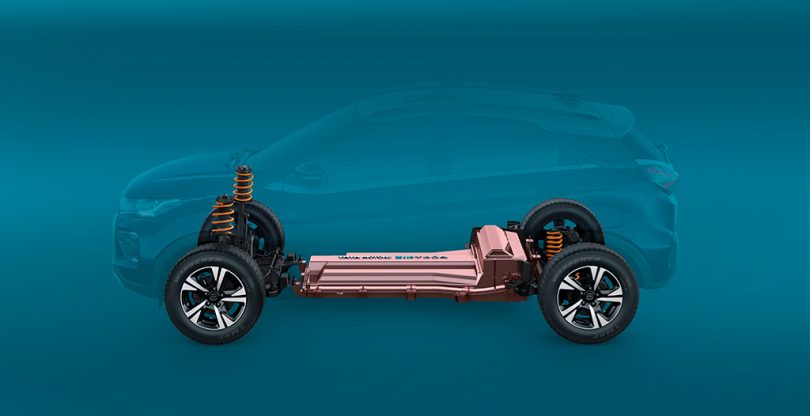India will soon introduce new CAFE regulations. The CAFE regulations deal with the overall fuel consumption. Specifically, the quantity of fuel consumed. All the automobile manufacturers in the country are getting ready for this change. Today we’ll see how it is different from the BS6 emission norms, which company has an advantage right now and so forth.
What Does CAFE Stand For?
The abbreviation stands for Corporate Average Fuel Economy or Efficiency. It is imposed on a car manufacturer’s entire lineup rather than an individual model. The regulations aim to limit the total carbon dioxide emissions that a company produces. Hence, the CAFE norm will force automakers to make cars more efficient. However, this also has a more widespread impact on the automaker.
How Is It Different From BS6 Emission Norms?
The BS6 norms are in place to limit the emissions of pollutants like sulphur, hydrocarbons and oxides of nitrogen. On the other hand, CAFE norms are in place to monitor overall fuel consumption. The focus is on the quantity of fuel consumed.
Measuring the fuel efficiency and CO2 outputs of a car is more or less the same thing. This is because the CO2 amount a car emits is directly proportional to the amount of fuel it consumes.
How Does A Company Meet The CAFE Target?
A CAFE number for a company arrives after two stages of calculations. Firstly, they calculate the corporate average kerb weight of a manufacturer. The figure calculated takes into account not only the weight of individual models but also the numbers sold.
The process is done for every individual model on sale in the country. Each of the models then gets an individual CO2 ‘number’. The number also makes allowances for increases in kerb weight. Finally, after putting together all the models and their individual CO2 numbers, a CAFE group target is calculated. Each of the automobile manufacturers then gets a target fleet average CO2. The target fleet average CO2 is in grams per kilometre, and the company has to meet those targets.
What Are The Individual Targets For The Carmakers?
2014 saw the announcement of two sets of average fuel consumption standards. The first came to effect from 2017-2018. The first ones were relatively easy to meet. However, the more stringent, which are the current ones, came into play from 2022-2023.
In the first phase, carmakers had to meet a base 130gm of CO2 per KM target. This was on the basis of an average industry kerb weight of 1,037 kg. Do note that individual targets for companies are different. In the second phase, from 2022-2023, the manufacturers will have to comply with a base industry figure of 113gm of CO2 per KM, based on an average industry kerb weight of 1,145 kg. The result is a CO2 output target which is 13 per cent less than the earlier phase despite the additional weight.
How Can Manufacturers Meet Their Individual Targets?
Manufacturers can use different ways to meet their individual targets. They can do so by utilising the CAFE norms’ super credits. The carmaker gets super credits when they sell cleaner vehicles. These include cars like a Hybrid Electric Vehicle (HEV), Battery Electric Vehicle (BEV) or a Plug-in Hybrid Electric Vehicle (PHEV). A manufacturer gets 3 credits for a BEV, 2.5 for PHEV and 2 for HEV.
These credits mean that every BEV sold by the company will be counted as three. Similarly, a PHEV sale counts as two and a half and an HEV as two in the overall fleet average sales-weighted CO2 emission calculations. According to data from March 2021 and December 2021, manufacturers such as Hyundai, Tata Motors, Toyota, Mahindra, VW, MG, BMW and Daimler are using the super credits the most.
Additionally, carmakers can also use various fuel-saving technologies for an advantage. Individual fuel-saving technologies will result in a multiplying factor for the individual CO2 figure. For example, technologies like regenerative braking, idle start-stop, TPMS and a gearbox with six or more gears all have a reduction factor of 0.98.
What Happens If An OEM Does Not Meet The CAFE Norms?
As of now, there is no fine if a manufacturer does not meet the CAFE norms. However, it is only a matter of time when there will be. Such a step will ensure manufacturers bring greener technology and additional weight savings to their cars. To take advantage of the super credits, manufacturers will also launch more affordable EVs in the market.
However, in light of delays due to the pandemic, the deadline to meet the second phase of CAFE norms could be extended.
Also Read: Skoda planning GreenLine fuel-efficient models for India?




